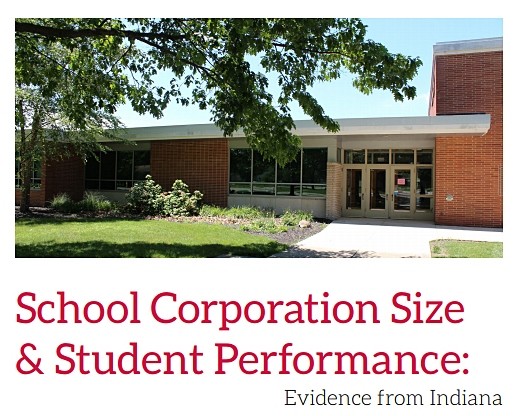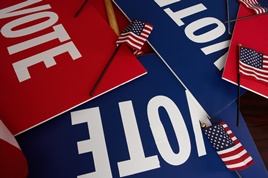Shakespeare famously wrote, “What’s in a name?”, implying names are mere signifiers that don’t alter substance.
But when it comes to ships and other nautical vessels, names are important and carry significance and historical gravitas. Take, for instance, the Navy’s newest submarine: the USS Indiana (SSN 789). Named by the Secretary of the Navy in 2012, the fast-attack submarine will be commissioned on Sept. 29 in Port Canaveral, Florida.
The USS Indiana will be the 16th Virginia-class sub to join the fleet (Virginia-class subs have the capability to attack targets on shore with cruise missiles, can conduct long-term surveillance, and assist with special forces delivery and support).
This is not the first U.S. Navy ship to be named after Indiana, but it is the first submarine to bear the name. For more on the history of ships named after our state, read this 2016 BizVoice® article.
Here’s more on the USS Indiana, from the U.S. Navy:
Diane Donald, wife of retired Adm. Kirkland H. Donald, is the ship’s sponsor.
Designed to operate in both coastal and deep-ocean environments, Indiana will present leadership with a broad and unique range of capabilities, including anti-submarine warfare; anti-surface ship warfare; strike warfare; special operation forces (SOF) support; intelligence, surveillance and reconnaissance; irregular warfare; and mine warfare missions.
Indiana is a part of the Virginia-class’ third, or Block III, contract, in which the Navy redesigned approximately 20 percent of the ship to reduce acquisition costs. Indiana features a redesigned bow, which replaces 12 individual Vertical Launch System tubes with two large-diameter Virginia Payload Tubes each capable of launching six Tomahawk cruise missiles, among other design changes that reduced the submarines’ acquisition cost while maintaining their outstanding warfighting capabilities.
Indiana has special features to support SOF, including a reconfigurable torpedo room which can accommodate a large number of SOF and all their equipment for prolonged deployments and future off-board payloads. Also, in Virginia-class SSNs, traditional periscopes have been replaced by two photonics masts that host visible and infrared digital cameras atop telescoping arms. Through the extensive use of modular construction, open architecture and commercial off-the-shelf components, the Virginia class is designed to remain at the cutting edge for its entire operational life through the rapid introduction of new systems and payloads.

An artist rendering of the Virginia-class submarine USS Indiana (SSN 789). (U.S. Navy photo illustration by Stan Bailey/Released)


 The Indiana Chamber has been a key advocate for
The Indiana Chamber has been a key advocate for  ISTEP will soon change into ILEARN, per House Enrolled Act 1003 which was signed into law this spring. However, an important part of the legislation is often overlooked. There will soon be changes to graduation requirements; instead of having end-of-course assessments be counted as the graduation exam, graduation pathways will be determined by the State Board of Education (SBOE). These options could include:
ISTEP will soon change into ILEARN, per House Enrolled Act 1003 which was signed into law this spring. However, an important part of the legislation is often overlooked. There will soon be changes to graduation requirements; instead of having end-of-course assessments be counted as the graduation exam, graduation pathways will be determined by the State Board of Education (SBOE). These options could include: School corporation size has a direct impact on student achievement. And more than half of Indiana school corporations are too small to produce the most effective outcomes, according to research commissioned by the Indiana Chamber of Commerce Foundation and conducted by the Ball State University Center for Business and Economic Research (CBER).
School corporation size has a direct impact on student achievement. And more than half of Indiana school corporations are too small to produce the most effective outcomes, according to research commissioned by the Indiana Chamber of Commerce Foundation and conducted by the Ball State University Center for Business and Economic Research (CBER).
 It’s been a busy week for Republicans wanting to challenge Sen. Joe Donnelly for his seat. The number now stands at six.
It’s been a busy week for Republicans wanting to challenge Sen. Joe Donnelly for his seat. The number now stands at six.
 Senator Joe Donnelly is urging the Trump administration to make a public commitment to continue cost sharing reduction (CSR) payments, which lower consumers’ deductibles and co-pays.
Senator Joe Donnelly is urging the Trump administration to make a public commitment to continue cost sharing reduction (CSR) payments, which lower consumers’ deductibles and co-pays.